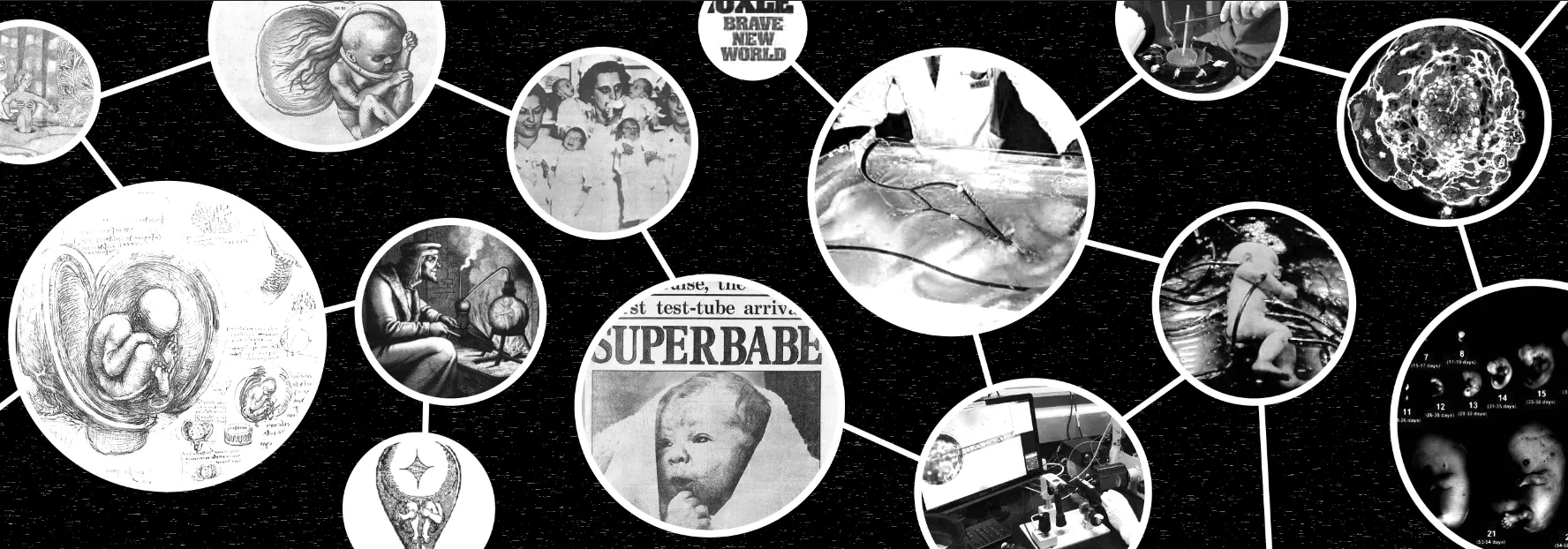NNN is currently researching the concept of the artificial womb and its societal impact and challenges. We started with a historic investigation of the relation between technology and biological reproduction and listed the key moments in the conception of such technology throughout time, as well as related assisted reproductive technologies. Learn more about this project and read the introductory article Ectogenesis, Artificial Womb, Human Egg.
This timeline will function as an incubator for medical, cultural and technological developments in relation to the artificial womb. A selection of the moments described below will be published on nextnature.net over the timespan of 16 weeks (after which, in terms of a biological pregnancy, the uterus is about the same size as a papaya).
320 BCE — World's first Caesarian
400 BCE — Myth of Princes Grown in Jars
1537 — Homunculus: the Semi-Human
1857 — the First Baby Incubators
1860 — Baby Incubator Built by Zoo Director in Paris
1896 — Baby Incubators in Coney Island
1916 — Artificial Womb Appeared in Cinema
1923 — Term 'Ectogenesis' coined
1932 — "Brave New World" Published
1955 — Artificial Womb Drawing Patented
1967 — Abortion Regulated as Legal in the UK
1978 — World's First 'Test Tube Baby' Born
1996 — World's First Artificial Womb in Experiment
1999 — Ectogenesis Enters The Matrix
2014 — First Womb Transplant Baby Born
2015 — Artificial Placenta Approaches
2016 — Human Embryo Lives 13 Days in Lab
2016 — Japanese Students Hatch a Chick Outside the Shell
2017 — Premature Lamb Incubates Fetal Lamb
2018 — The first human Born through IVF Turns 40
This article is part of the Artificial Womb research project by NNN. The goal of this project is to develop thought-provoking scenarios that facilitate a much-needed discussion about the way technology radically alters our attitude towards reproduction, gender, relationships and love in the 21st century. We highly value your feedback or input, contributions can be sent to womb@nextnature.net.


Comments (0)
Share your thoughts and join the technology debate!
No comments yet
Be the first to share your thoughts!